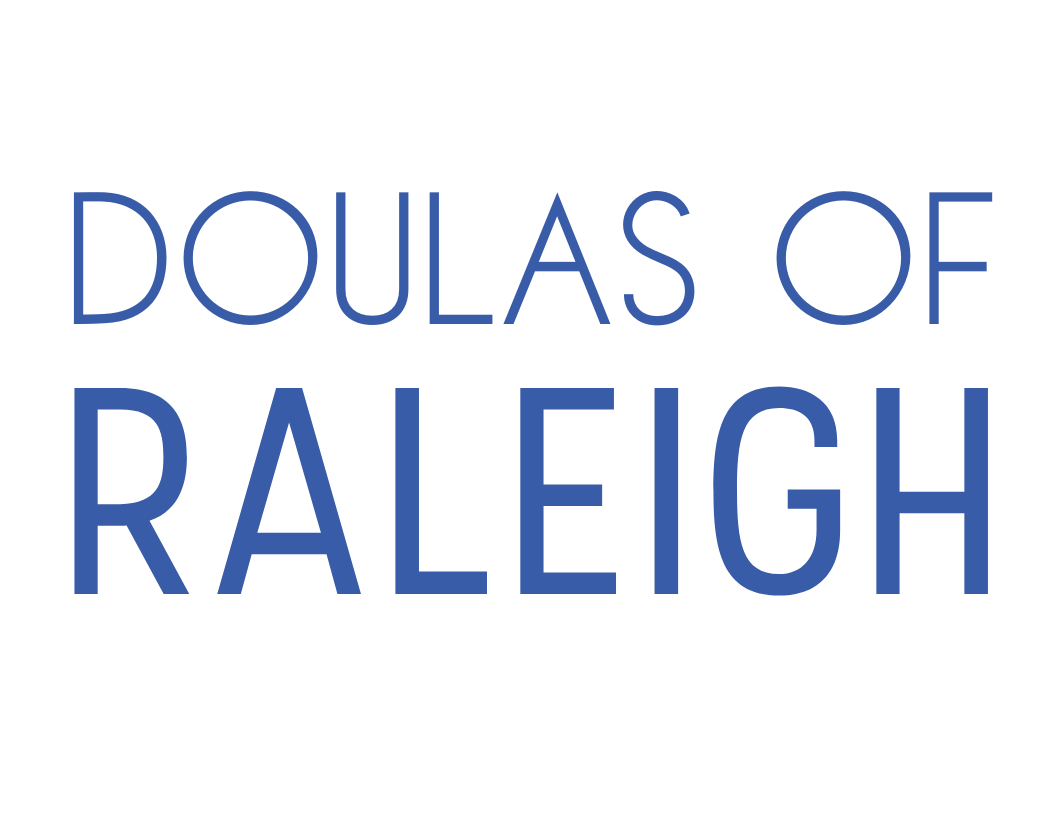What Happens if I Have Preeclampsia
May is Preeclampsia Awareness Month. Symptoms include high blood pressure, swelling in the face or limbs, blurred vision, headaches, and sensitivity to light. Call your care provider immediately if you experience any of these symptoms. If you are diagnosed with preeclampsia you may have a different path to birth than you planned. Take a look at what you might expect if you receive this diagnosis.
Birth of Baby
One of the first discussions you’ll have with your care provider is how your baby will be born. Your care provider will consider your health along with the gestational age of your baby in this decision. These factors will help determine whether you will have a Cesarean birth or a vaginal birth. If your provider recommends a Cesarean, you will likely have one later that day or the very next day. If you are able to continue with a vaginal birth, your provider will schedule you for an induction. This may happen immediately, or, at your 37th or 38th week of pregnancy.
Extra monitoring
If you are scheduled for an induction due to preeclampsia, you will likely need extra monitoring during the induction. Your provider will have your nurse check your blood pressure very frequently throughout the induction. They may also do more blood work to check your platelet levels and check your urine for protein. As the case with all medical inductions, you will likely have continuous fetal monitoring.
Medications
Your provider may give you medications throughout labor to help lower your blood pressure. Potential medications include magnesium sulfate.The use of magnesium during labor will help lower your blood pressure. You will likely have to stay in bed due to side effects of the magnesium. Having cold wash cloths and a fan on hand can help you feel better if the magnesium makes you feel hot.
After Delivery
Your care provider will continue to monitor you closely after the birth of your baby. They will likely due more lab work before you leave the hospital and schedule a follow up appointment with you in the first 2 weeks after giving birth. They will counsel you on warning signs for postpartum preeclampsia. They may also prescribe medications to continue regulate your blood pressure. In some cases, you may also be referred to a cardiologist.
While preeclampsia is a serious diagnoses, most care providers have protocols in place to help you and your baby have a healthy and safe birth experience along with a healthy as safe postpartum experience for you.
